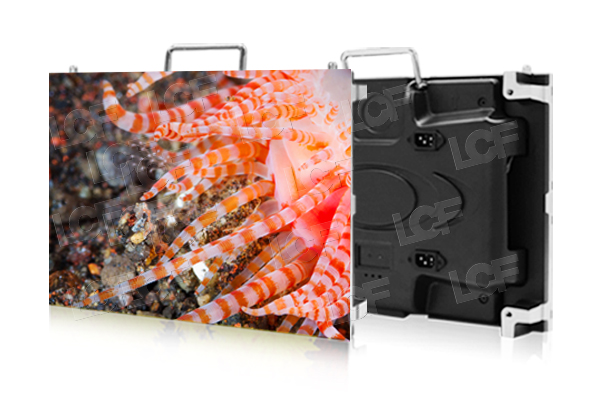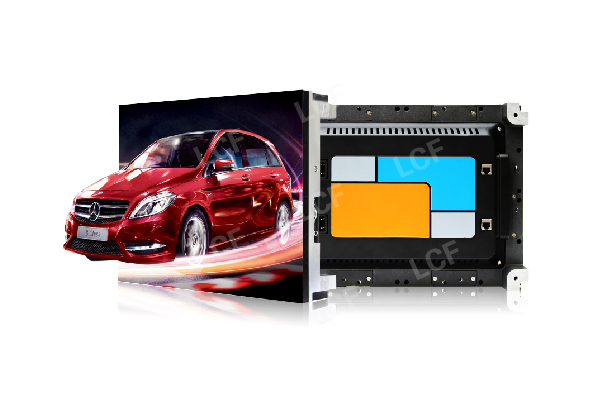Publisher: Supplier of LED Display Time: 2018-05-11 Views: 6268

1. Small-pitch LED display: The small-pitch LED display is very eye-catching in terms of display performance. Due to the fundamental difference in light-emitting principle and structure, small-pitch LED products can not only achieve seamless splicing, but also have a very wide color gamut and excellent color performance, which are not comparable to DLP and LCD, and have a fast response speed. Problems such as ghosting and smearing are almost a rewrite of the previous large indoor screens.
2. DLP splicing screen: DLP is stable. In terms of splicing gap and mirror reflection, it is better than LCD, but it cannot be compared with small spacing; in terms of resolution and heat generation, it is not as good as liquid crystal display, but it is also better than small spacing. In general, the overall performance of DLP is "moderate", except for the bottom of the brightness, the basic performance is good.
3. LCD splicing screen: The advantages and disadvantages of LCD are also more obvious. The biggest disadvantage is that the splicing gap is too large. Even the 1.8 mm splicing seam is within the range visible to the naked eye, which affects the overall visual performance. Secondly, the picture is greatly affected by external light, and the problem of easy reflection needs to be solved. However, it still has great advantages in terms of resolution, heat generation, maintenance, etc., and indoor display does not require high brightness, coupled with low price and low maintenance cost, LCD still has obvious advantages in indoor display, becoming the The mainstay in the large screen splicing market.
In the past two years, small-pitch LED display products have been very popular in the field of high-end large-screen displays. Whether they are displayed at various summits, conference sites, or in large command centers, they are the first choice. They have even begun to enter the cinema as a film. screen exists. These are undoubtedly based on the display effects such as good picture integrity and strong color expression of small-pitch products, but before we rejoice, we still need to focus on the indoor application of small-pitch LED displays. The same obvious defects .

1. Brightness: It is almost not affected by external light such as sunlight and lights, making the LED display the hegemon in the outdoor field. If such a feature is placed indoors, it will face the embarrassment of too high brightness. Especially in the field of security monitoring, staff need to face the screen for a long time, and excessive brightness is not a good visual experience.
2. Stability: For traditional LED displays, the dead light rate is generally controlled below 1/10,000, but for high-density small-pitch screens, the probability of 1/10,000 obviously cannot meet the screen requirements, and the lower The dead light rate has become an inevitable requirement. In addition, small spacing is more used in high-end fields, and the quality requirements are more stringent.
3. Cost: The procurement cost of the small pitch itself is higher than that of LCD, while the heat dissipation cost and electricity cost of LED display are higher than LCD and DLP. Small-pitch LED screens have greater resistance to entering the mid-to-low-end market with huge demand.
Although there are still some unsatisfactory places in the small-pitch LED display, with the continuous progress of LED display technology, I believe that these problems can be well solved. In recent years, small-pitch LED displays have been continuously adapting to the needs of indoor applications, and their brightness and stability have been greatly improved.
After reading the above comparative analysis, when facing the LED display, LCD liquid crystal screen, and DLP large-screen display curtain wall, which one to choose, I believe everyone must know.